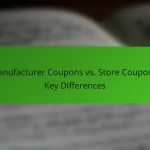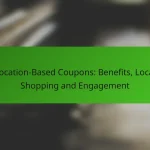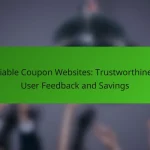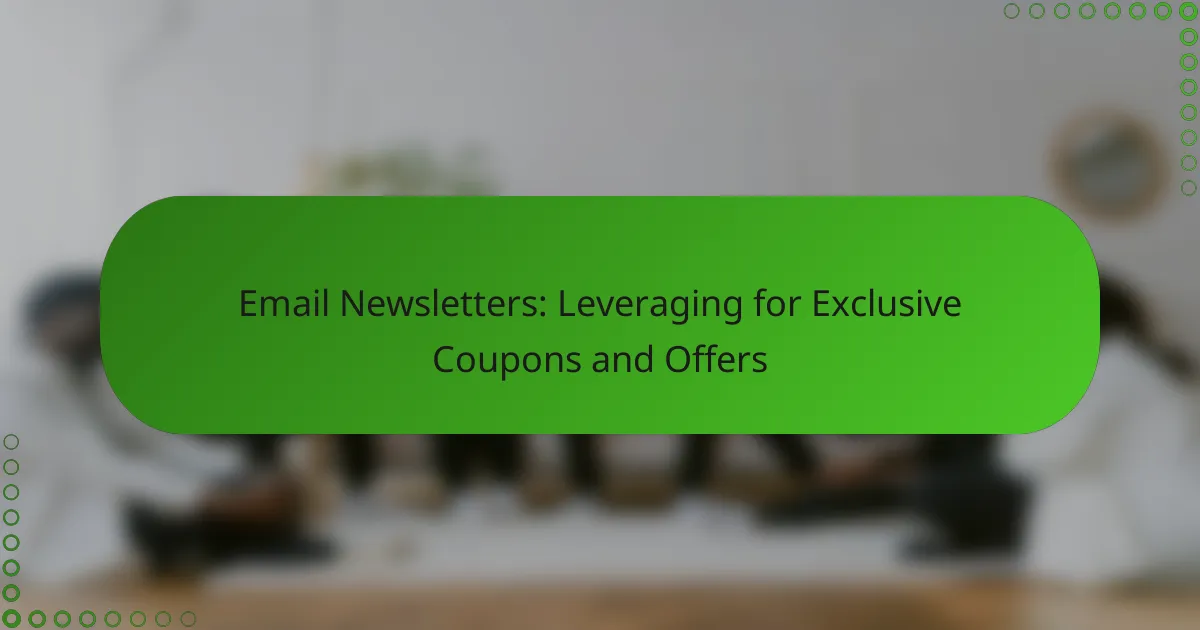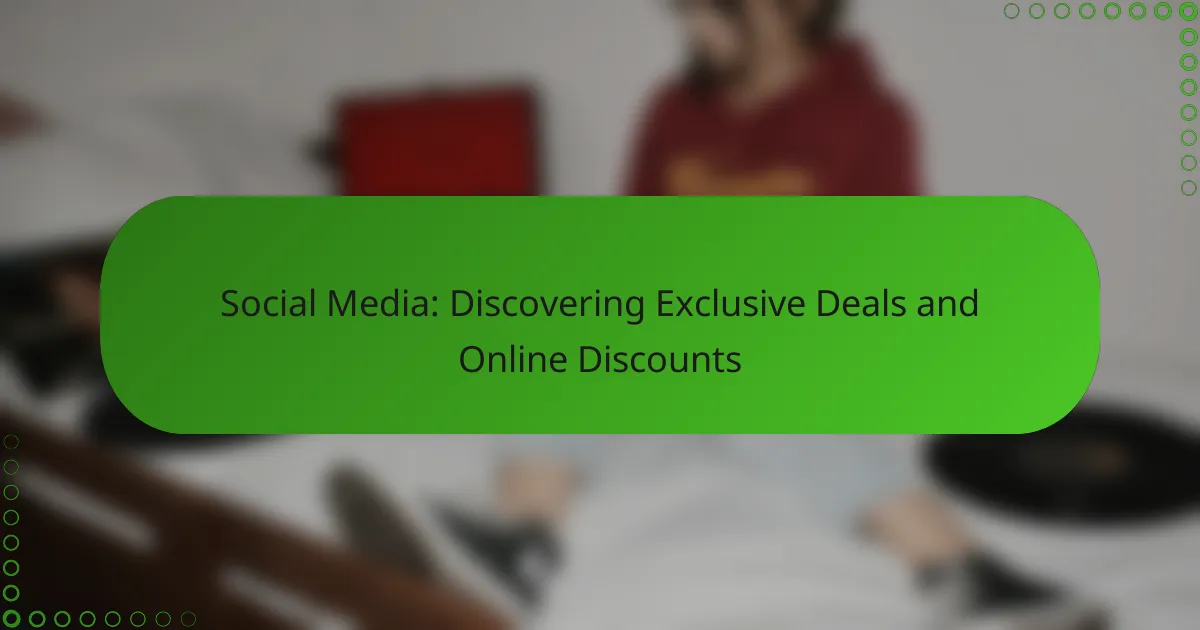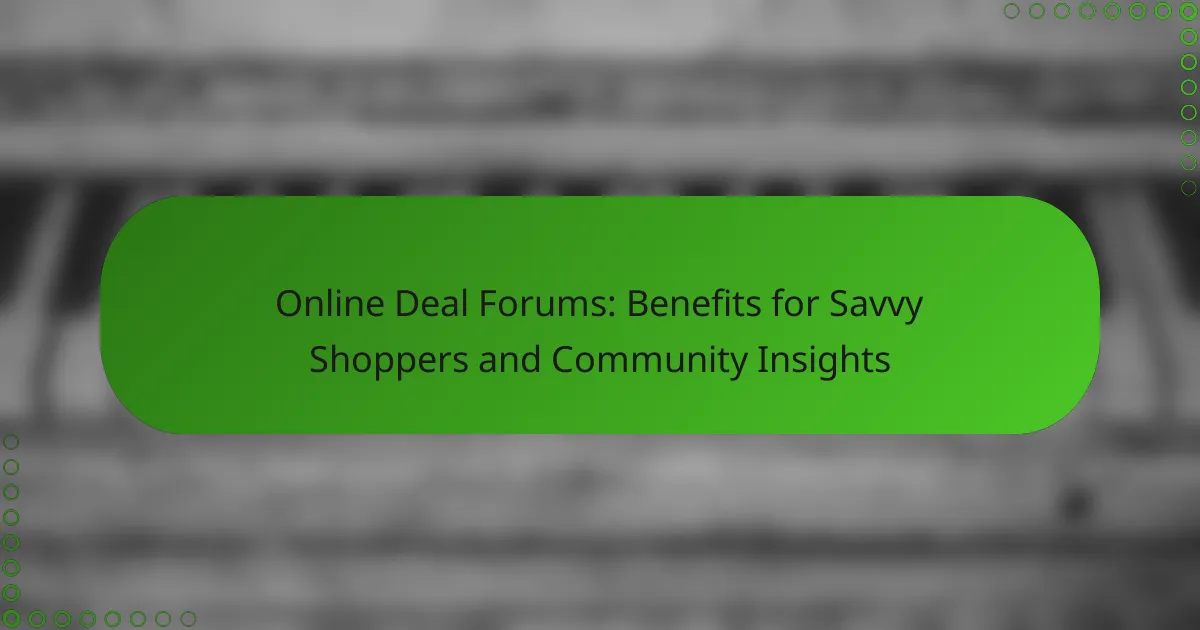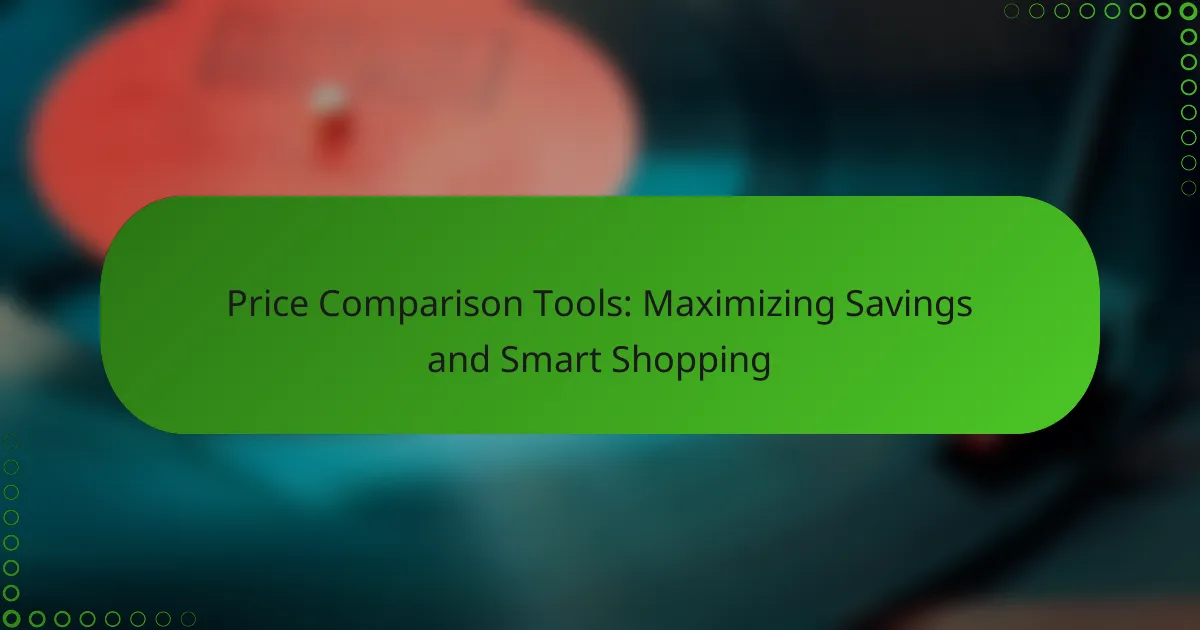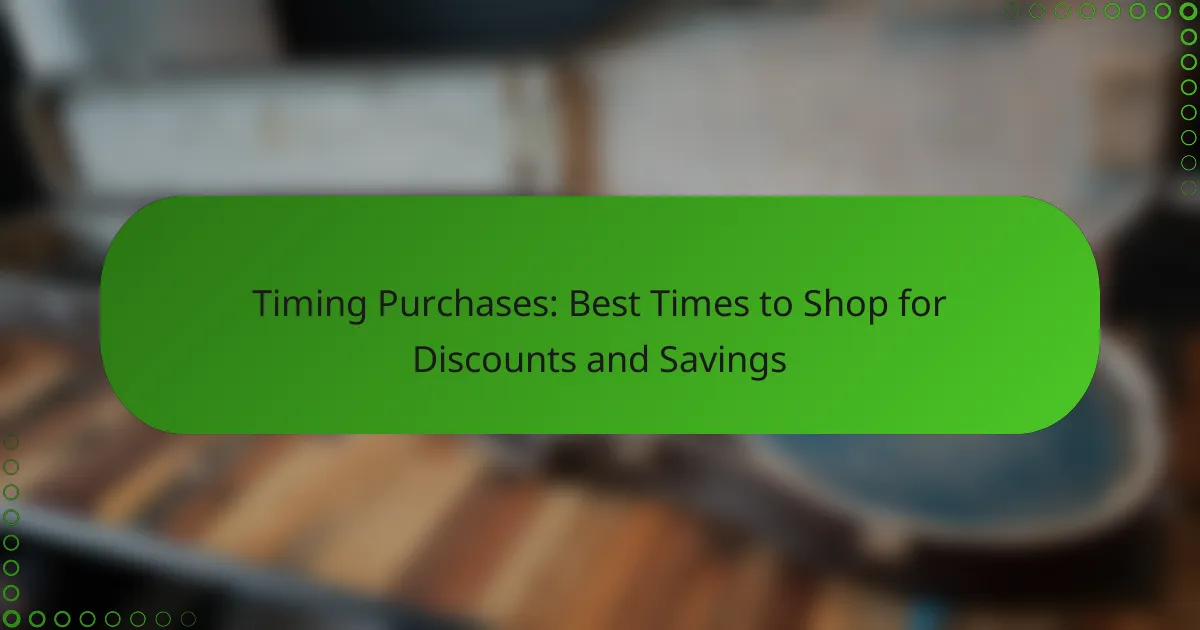Email newsletters serve as a powerful tool for delivering exclusive coupons and offers directly to consumers who have shown interest in your brand. By utilizing targeted strategies and personalized content, businesses can enhance customer engagement, drive conversions, and foster long-term loyalty. Implementing best practices in design and user experience further amplifies the effectiveness of these communications.
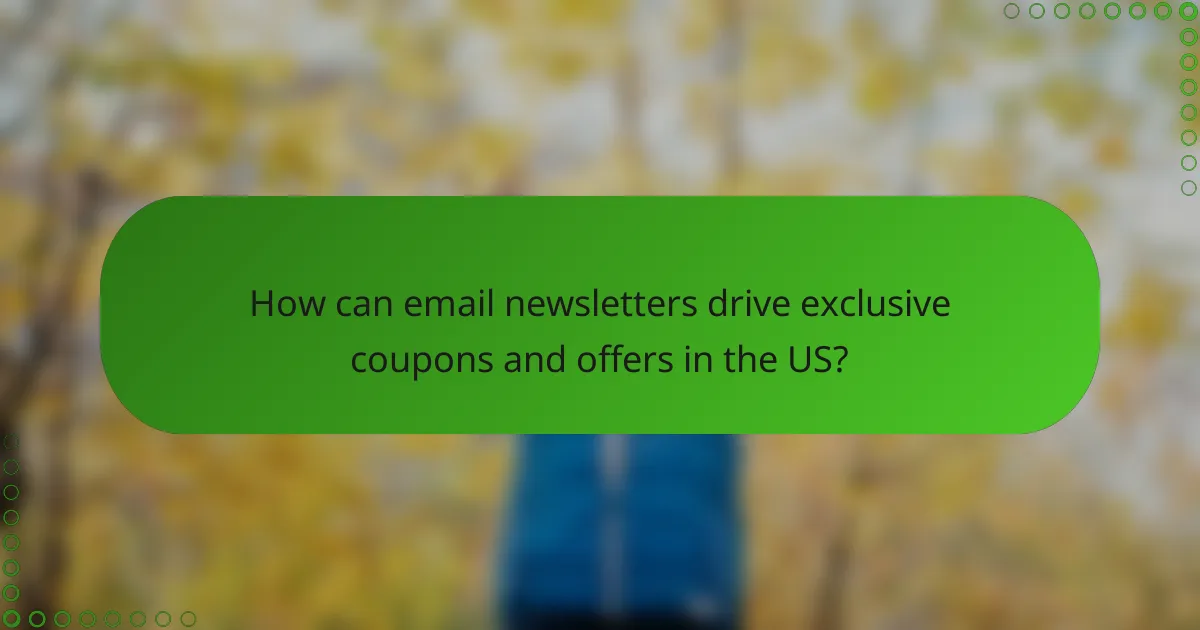
How can email newsletters drive exclusive coupons and offers in the US?
Email newsletters can effectively drive exclusive coupons and offers by directly reaching consumers who have opted in to receive communications. This targeted approach allows businesses to engage their audience with personalized promotions, increasing the likelihood of conversions and customer retention.
Targeted audience engagement
Targeted audience engagement is crucial for the success of email newsletters. By segmenting your email list based on customer behavior, preferences, and demographics, you can tailor your offers to resonate with specific groups. For example, sending exclusive discounts on outdoor gear to subscribers who have previously purchased camping equipment can significantly enhance engagement.
Utilizing A/B testing can further refine your approach. Experiment with different subject lines, content formats, and sending times to determine what resonates best with your audience. This ensures that your newsletters remain relevant and appealing.
Increased conversion rates
Email newsletters that feature exclusive coupons and offers tend to see increased conversion rates. When subscribers receive personalized promotions, they are more likely to make a purchase, as these offers create a sense of urgency and exclusivity. For instance, a limited-time discount can prompt immediate action from potential buyers.
To maximize conversions, include clear calls to action (CTAs) in your newsletters. Phrases like “Shop Now” or “Claim Your Discount” can guide readers toward taking the desired action. Additionally, ensure that the redemption process for coupons is straightforward to avoid frustrating potential customers.
Brand loyalty enhancement
Leveraging email newsletters for exclusive offers can significantly enhance brand loyalty. When customers feel valued through personalized promotions, they are more likely to develop a positive association with your brand. Regularly offering exclusive deals can create a sense of belonging among subscribers.
To foster loyalty, consider implementing a rewards program linked to your email newsletters. For example, offering points for each purchase made through a newsletter link can incentivize repeat business. This not only encourages purchases but also reinforces the habit of checking your emails for future offers.
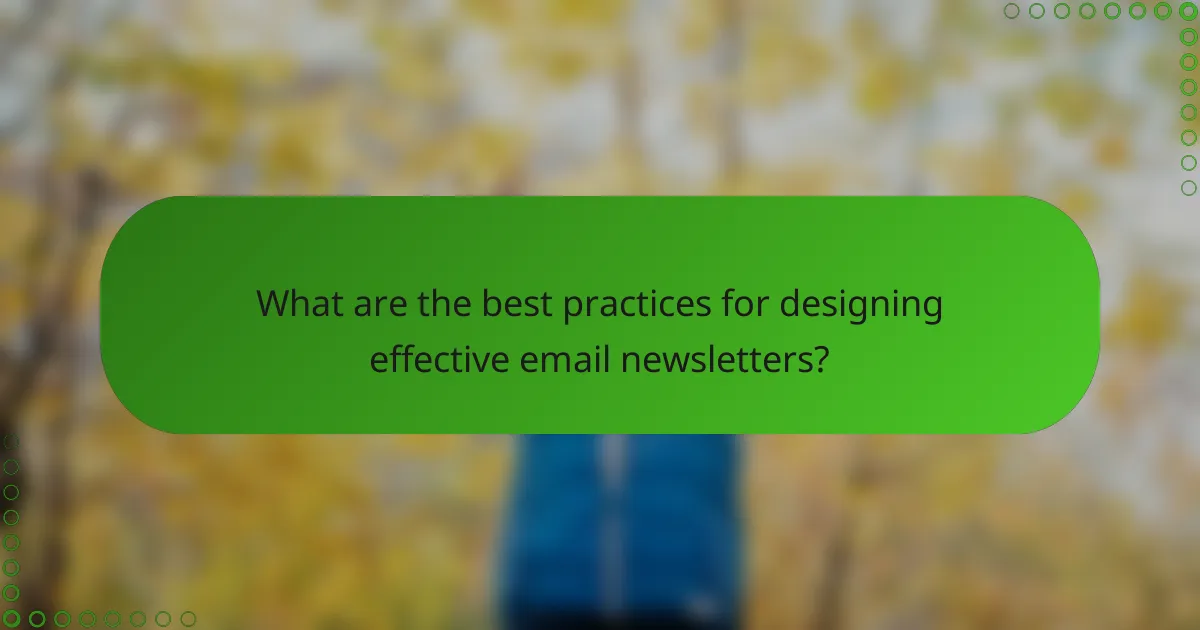
What are the best practices for designing effective email newsletters?
Effective email newsletters are designed with clarity, engagement, and user experience in mind. Key practices include crafting attention-grabbing subject lines, ensuring mobile compatibility, and personalizing content to resonate with your audience.
Clear and compelling subject lines
Subject lines are the first impression your newsletter makes, so they must be clear and engaging. Aim for concise phrases that convey the value of the email, using action-oriented language to encourage opens. For example, “Unlock Your Exclusive 20% Discount Today!” is more compelling than a generic “Newsletter #5.”
Consider using personalization in subject lines, such as including the recipient’s name or referencing their previous purchases. This can increase open rates significantly, as it creates a sense of relevance and urgency.
Mobile-friendly layouts
With a significant portion of emails opened on mobile devices, a mobile-friendly layout is essential. Use responsive design techniques to ensure your newsletter displays well on various screen sizes. This includes using larger fonts, single-column layouts, and touch-friendly buttons.
Keep your content scannable by using short paragraphs, bullet points, and clear headings. This helps readers quickly find the information they need, improving overall engagement and reducing the likelihood of unsubscribes.
Personalized content
Personalization enhances the relevance of your email newsletters, making them more appealing to individual subscribers. Use data such as past purchase behavior, browsing history, or demographic information to tailor content specifically to each recipient.
Incorporate personalized offers or recommendations based on user preferences. For instance, if a subscriber frequently buys outdoor gear, highlight new arrivals in that category. This targeted approach can lead to higher conversion rates and foster customer loyalty.
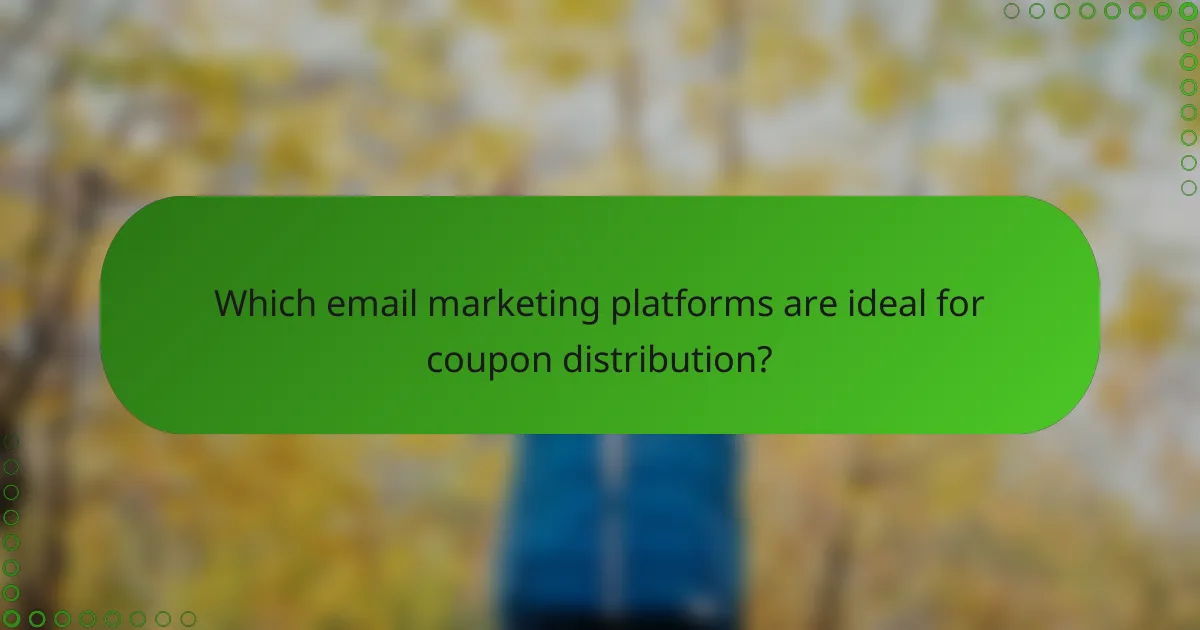
Which email marketing platforms are ideal for coupon distribution?
Several email marketing platforms excel at distributing coupons, allowing businesses to effectively engage their audience. Key factors to consider include ease of use, automation features, and integration with e-commerce tools.
Mailchimp
Mailchimp is a popular choice for coupon distribution due to its user-friendly interface and robust automation capabilities. It allows businesses to create visually appealing emails and segment their audience for targeted campaigns, ensuring that coupons reach the right customers.
With Mailchimp, you can set up automated workflows that send exclusive offers based on customer behavior, such as abandoned carts or previous purchases. This personalization can significantly increase the redemption rate of your coupons.
Constant Contact
Constant Contact offers a comprehensive suite of tools for email marketing, making it suitable for coupon distribution. Its easy-to-use templates and drag-and-drop editor enable businesses to design attractive emails quickly.
This platform also provides detailed analytics, allowing you to track the performance of your coupon campaigns. By analyzing open rates and click-through rates, you can refine your strategies for better results.
Sendinblue
Sendinblue stands out for its affordability and powerful features, making it ideal for small to medium-sized businesses looking to distribute coupons. It offers SMS marketing alongside email, allowing for a multi-channel approach to reach customers effectively.
With Sendinblue, you can create personalized coupon campaigns and utilize A/B testing to determine the most effective messaging. Its automation features help streamline the process, ensuring timely delivery of your offers.
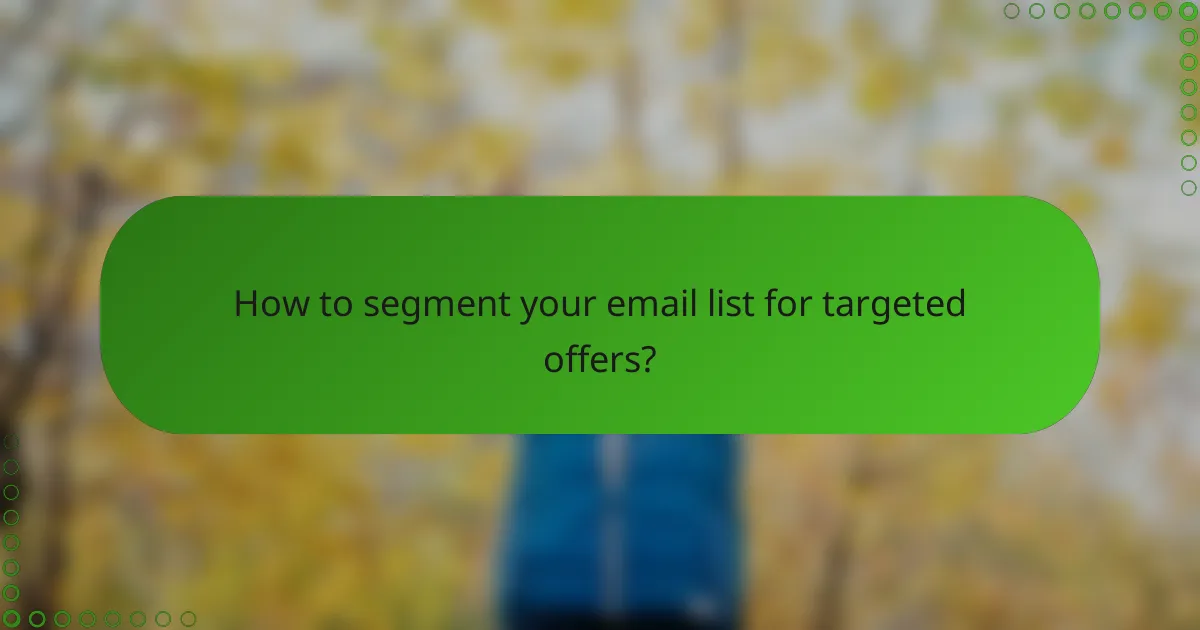
How to segment your email list for targeted offers?
Segmenting your email list allows you to send tailored offers to specific groups, increasing engagement and conversion rates. By understanding your audience’s characteristics and behaviors, you can create more relevant and appealing content.
Demographic segmentation
Demographic segmentation involves categorizing your email list based on characteristics such as age, gender, income, and education level. This method helps in crafting messages that resonate with specific groups, enhancing the likelihood of a positive response.
For example, a luxury brand may target high-income individuals with exclusive offers, while a student discount could be aimed at younger audiences. Consider using surveys or registration data to gather demographic information effectively.
Behavioral segmentation
Behavioral segmentation focuses on how subscribers interact with your emails and website. This includes purchase history, email engagement, and browsing behavior. By analyzing these patterns, you can tailor your offers based on past actions.
For instance, if a customer frequently purchases fitness products, you can send them exclusive discounts on new arrivals in that category. Use tracking tools to monitor user behavior and adjust your campaigns accordingly.
Geographic segmentation
Geographic segmentation divides your email list based on the location of your subscribers. This approach allows you to send region-specific offers that consider local preferences, cultural nuances, and seasonal trends.
For example, a retailer might promote summer sales in warmer climates while offering winter gear discounts in colder areas. Utilize location data from sign-ups or analytics tools to effectively target your audience based on geography.
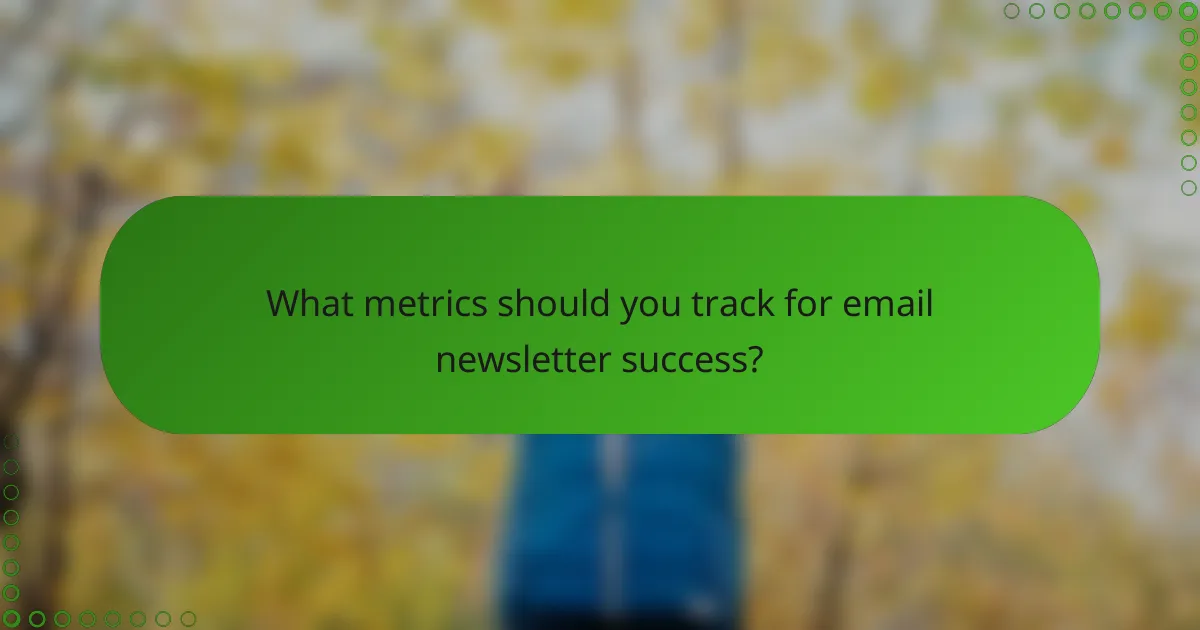
What metrics should you track for email newsletter success?
To gauge the success of your email newsletters, focus on key metrics such as open rates, click-through rates, and conversion rates. These indicators provide insights into how well your content resonates with your audience and how effectively it drives desired actions.
Open rates
Open rates measure the percentage of recipients who open your email. A good open rate typically falls between 15% and 25%, though this can vary by industry. To improve open rates, consider crafting compelling subject lines and segmenting your audience for targeted messaging.
Keep in mind that open rates can be influenced by factors like the time of day you send emails and the frequency of your campaigns. Testing different sending times and maintaining a consistent schedule can help optimize your results.
Click-through rates
Click-through rates (CTR) indicate the percentage of recipients who clicked on one or more links within your email. A healthy CTR usually ranges from 2% to 5%, depending on your industry and audience engagement. To enhance CTR, ensure your calls to action (CTAs) are clear and enticing.
Using engaging visuals and concise text can also boost click rates. Consider A/B testing different layouts and content types to determine what resonates best with your subscribers.
Conversion rates
Conversion rates reflect the percentage of email recipients who complete a desired action, such as making a purchase or signing up for a service. Typical conversion rates can vary widely, often between 1% and 5%. To improve these rates, align your email content with specific offers that appeal to your audience’s interests.
Tracking conversions allows you to assess the effectiveness of your email campaigns in driving sales or leads. Implementing tracking tools and analyzing the customer journey can provide deeper insights into how to refine your approach for better results.

What are the legal considerations for email marketing in the US?
Email marketing in the US is governed by several legal frameworks, primarily the CAN-SPAM Act. This law sets rules for commercial emails, establishes requirements for senders, and gives recipients the right to have emails stopped from being sent to them.
Compliance with CAN-SPAM Act
To comply with the CAN-SPAM Act, email marketers must include a clear and conspicuous opt-out mechanism in every email. This allows recipients to easily unsubscribe from future communications. Additionally, marketers must honor these opt-out requests promptly, typically within 10 business days.
Marketers are also required to include their physical mailing address in each email and ensure that the subject line accurately reflects the content of the message. Misleading subject lines can lead to penalties, so clarity is essential.
It’s advisable to maintain a clean email list and regularly remove addresses that have opted out. This not only ensures compliance but also helps improve engagement rates and reduces the risk of being flagged as spam.


